Automotive Repair Specialist Blog
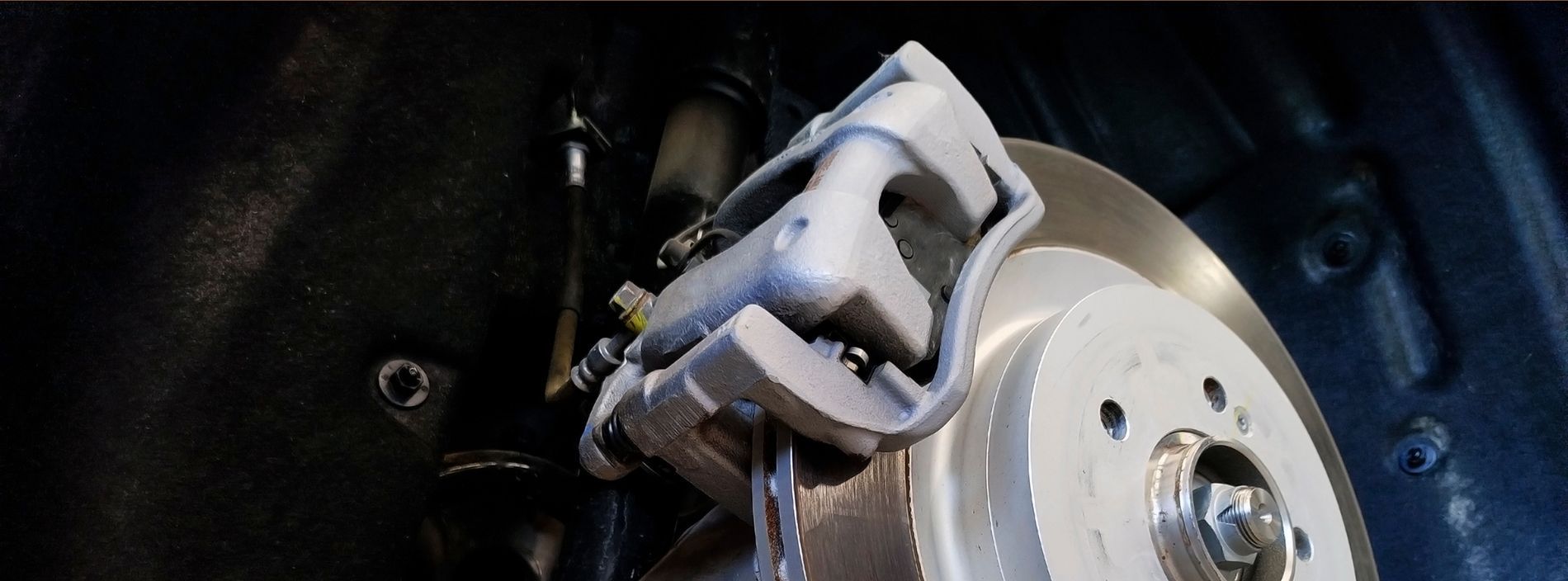
Your vehicle’s braking system is one of its most important safety components, and recognizing early warning signs of brake trouble can prevent dangerous situations on the road. Brakes naturally wear down over time, but ignoring the symptoms of a developing issue can lead to costly repairs or even brake failure. By staying alert to changes in how your brakes feel, sound, and perform, you can address problems early and keep your vehicle operating safely. At Automotive Repair Specialist, we provide expert brake repair in the greater Nampa, ID area. Here are four common warning signs of a brake issue. Abnormal Noises A high-pitched squealing noise typically means the brake pads have worn thin and the built-in wear indicator is alerting you that it’s time for replacement. Grinding noises, on the other hand, indicate that the pads have worn down completely, allowing metal components to scrape against each other. This kind of metal-on-metal contact can cause damage to the rotors and requires immediate service. A Soft or Spongy Brake Pedal If your brake pedal feels soft or sinks farther toward the floor than usual, this is a sign that your braking system is not building proper hydraulic pressure. This problem may be caused by air in the brake lines or a brake fluid leak. A spongy pedal is a major safety concern because it can indicate reduced stopping power and increased stopping distance. Any change in pedal feel warrants a professional inspection right away. Vibrations Vibrations when you apply the brakes are often a sign of warped brake rotors. Rotors can warp due to excessive heat. When the rotor surface becomes uneven, the brake pads cannot make consistent contact, causing pulsation and reducing braking performance. If you feel vibrations while braking, your rotors may need replacement ASAP. Dashboard Brake Warning Light Your brake warning light is designed to alert you to potential issues within the braking system. This light may come on due to low brake fluid, worn brake pads, or another issue. While the specific cause can vary, the warning light should never be ignored. It is your vehicle’s way of telling you that something requires immediate attention. Brake Repair in Nampa, ID For expert auto repair in Nampa, ID and the surrounding area, contact Automotive Repair Specialist at 208-461-1330 Feel free to give us a call to make an appointment!
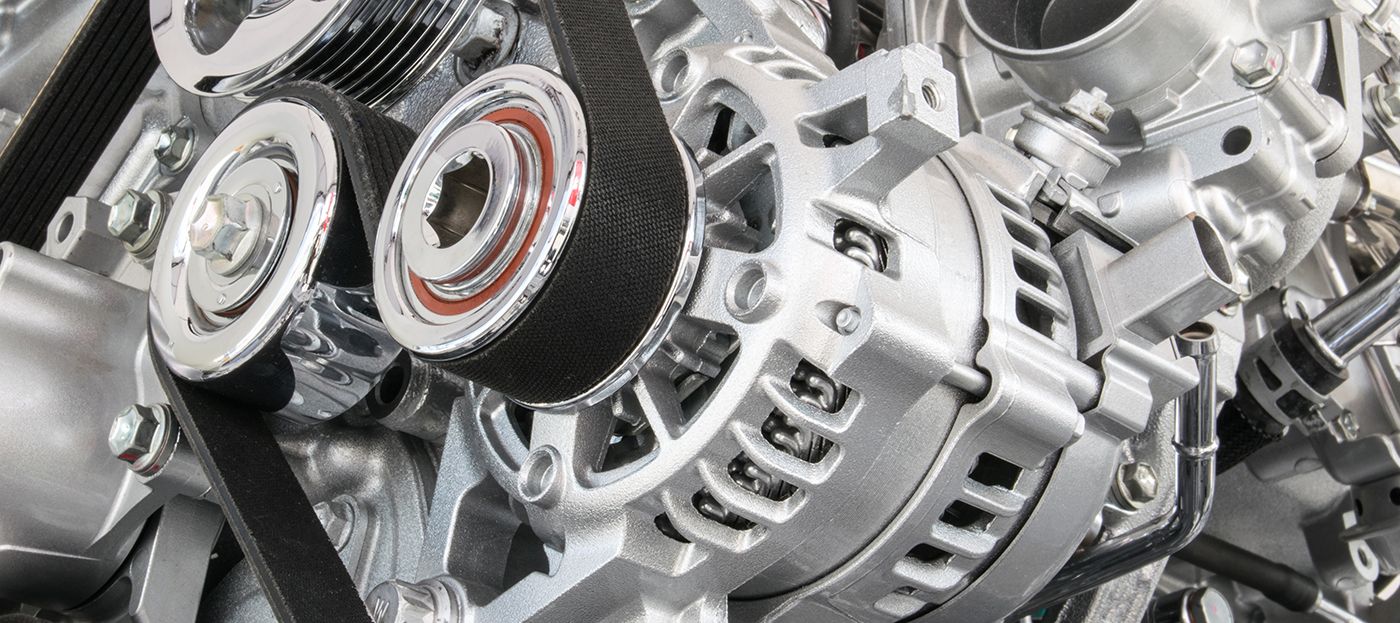
Your vehicle’s alternator is one of the most important components under the hood. It’s responsible for keeping your battery charged and powering essential electrical systems such as your lights, radio, power windows, and air conditioning. When the alternator starts to fail, your car can quickly develop electrical issues or even fail to start. Recognizing the early signs of alternator trouble can help you avoid being stranded. At Automotive Repair Specialist, we provide expert alternator replacement and auto electric repair in the greater Nampa, ID area. Here are five warning signs that your alternator may need to be replaced. Warning Light on the Dashboard Modern vehicles commonly have a dashboard warning light shaped like a battery or labeled ALT or GEN. When this light comes on, it means the charging system isn’t working properly, potentially due to a malfunctioning alternator. In this situation, it’s smart to schedule a charging system test as soon as possible. Issues with Lights One of the most common signs of a failing alternator is dim or flickering headlights and dashboard lights.Since the alternator powers your vehicle’s lighting while the engine runs, irregular brightness often points to a problem with the charging system. Don’t ignore this warning—consistent voltage is critical for both safety and performance. Battery Keeps Dying A weak or dead battery doesn’t always mean the battery itself is bad. In many cases, it’s actually a symptom of a failing alternator. If you’ve had to jump-start your car multiple times recently or replaced the battery only to have the same issue recur, the alternator could be the true culprit. Strange Noises A worn-out alternator can produce unusual sounds such as grinding or whining. These noises often come from a failing bearing or belt issue. Having the noise inspected early can prevent you from ending up stranded. Electrical Accessory Issues If your power windows move slowly, your radio cuts in and out, or your air conditioning feels weak, these could all be signs of insufficient electrical power caused by a failing alternator. Once multiple accessories start acting up, it’s a clear warning sign that your alternator may need replacement to restore full functionality. Alternator Replacement & Auto Electric Repair in Nampa, ID When you need auto repair in Nampa and the surrounding area, contact Automotive Repair Specialist at 208-461-1330 . At our nearby auto shop, we can expertly handle your vehicle’s repair and maintenance needs. Feel free to give us a call to make an appointment!

Winter driving in Idaho can be challenging, with snow, ice, and freezing temperatures creating hazardous conditions on the road. Preparing your vehicle before the cold season sets in is essential for staying safe and enabling your car to perform reliably all winter long. From traction and visibility to heating and battery life, taking a few preventive steps now can make a big difference when temperatures drop. At Automotive Repair Specialist, we provide expert winter auto maintenance in the greater Nampa, ID area. Here are five important tips to get your car ready for Idaho’s winter weather. Have Your Brakes Inspected Reliable brakes are critical for winter driving, especially when roads are slick and stopping distances increase. Before the first winter weather hits, schedule a brake inspection to check for issues like worn pads, uneven wear, and low brake fluid. The mechanic can ensure your braking system is performing at its best so you can stop safely, even in challenging conditions. Catching potential problems early helps you avoid costly repairs and dangerous situations later. Have Your Heater/Defroster Inspected A working heater isn’t just about comfort—it’s also a safety necessity in Idaho winters. Your defroster plays a vital role in keeping your windshield clear of fog and frost. If you’ve noticed weak airflow, slow heating, or foggy windows that don’t clear up, it’s time to have your system inspected. Proper heat and defrosting help maintain visibility and keep you warm in frigid weather. Consider Switching to Winter Tires Winter tires are designed to handle challenging seasonal conditions better than all-season tires. They’re made from a softer rubber compound that stays flexible in freezing temperatures and features deep tread patterns that grip slick surfaces more effectively. Test Your Battery Cold weather puts extra strain on car batteries, and weak ones often fail when temperatures plunge. Have your battery tested to ensure it’s holding a strong charge and check for corrosion on the terminals. If it’s more than three years old, consider replacing it before winter starts. A reliable battery helps ensure your engine starts every time, even in freezing conditions. Replace Wiper Blades and Use Winter-Grade Wiper Fluid Good visibility is crucial in winter storms. Replace worn-out wiper blades with heavy-duty ones designed for snow and ice. Also, fill your washer reservoir with winter-grade fluid that won’t freeze in cold temperatures. Together, they’ll help keep your windshield clear through the winter. Auto Maintenance in Nampa, ID When you need auto maintenance in Nampa and the surrounding area, contact Automotive Repair Specialist at 208-461-1330 . Feel free to give us a call to make an appointment!
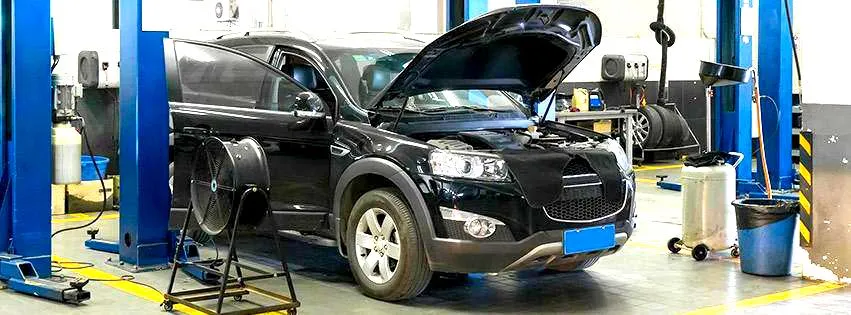
An overheating car is not just inconvenient—it’s also potentially damaging to the engine if the issue is not addressed quickly. The cooling system plays a critical role in regulating engine heat, and when something goes wrong, temperatures can rise fast. Understanding the common causes of overheating can help you recognize problems early and take action before more extensive repairs are needed. At Automotive Repair Specialist, we provide expert cooling system repair in the greater Nampa, ID area. Here are four common causes of overheating. Radiator Problems The radiator is responsible for releasing the heat absorbed by coolant into the air. If it becomes damaged or blocked by debris, it can’t effectively dissipate heat. Also, a failing radiator fan may prevent proper airflow. These issues reduce the cooling system’s efficiency and can cause overheating under normal driving conditions. Failing Water Pump The water pump is responsible for keeping coolant moving through the engine and radiator. A failing water pump can’t circulate coolant effectively, leading to overheating. Signs of water pump trouble often include leaks, unusual noises, or coolant pooling beneath the vehicle. If ignored, a failed water pump can quickly lead to engine damage. Low Coolant Levels Coolant is the fluid that absorbs heat from the engine and transfers it through the radiator. If the coolant level is too low, there isn’t enough fluid to properly regulate temperature. This often happens because of leaks in hoses, the radiator, or the water pump. Without sufficient coolant, the engine can quickly overheat and sustain serious damage. Malfunctioning Thermostat The thermostat controls the flow of coolant through the engine and radiator, opening and closing as needed to regulate heat. When the thermostat becomes stuck closed, coolant circulation stops, causing temperatures to rise rapidly. This is a common cause of overheating, and while replacing the thermostat is generally a straightforward repair, delaying it can lead to severe engine problems. Cooling System Repair in Nampa, ID For auto repair in Nampa and the surrounding area, contact Automotive Repair Specialist at 208-461-1330 . Feel free to give us a call to make an appointment!

A healthy suspension system not only absorbs shocks from the road—it also helps maintain proper alignment and steering control. When something in the suspension system starts to fail, it can affect everything from ride comfort to braking performance. Ignoring these issues can lead to more extensive and expensive repairs down the road. At Automotive Repair Specialist, we provide expert suspension repair in the greater Nampa, ID area. Here are four common suspension-related problems that should be promptly addressed Vehicle Pulling to One Side When a car consistently pulls to one side while driving on a flat road, it’s often a sign of a suspension issue. While improper wheel alignment can be a cause, worn or damaged suspension components like tie rods or control arms may also be to blame. This kind of pulling can make it harder to maintain control, especially at higher speeds, making it a safety concern that should be addressed quickly. Uneven Tire Wear If you notice that your tires are wearing unevenly, especially if one side of a tire is significantly more worn than the other, your suspension system could be the culprit. Problems with alignment or worn-out components like ball joints or control arms can cause your tires to wear out prematurely. Excessive Bouncing A suspension system that’s in good condition should smooth out bumps in the road. If your car feels like it's bouncing excessively after hitting a bump or if the ride feels unusually rough, your shocks or struts may be worn out. These components are critical for keeping your tires in proper contact with the road. A failing shock absorber can easily compromise ride comfort. Nose Dives When Braking If the front of your vehicle noticeably dips down when you apply the brakes, that’s a warning sign that your shocks are no longer doing their job. This issue can extend braking distances and reduce your ability to stop quickly in an emergency. Suspension Repair in Nampa, ID For expert auto repair in Nampa and the surrounding area, contact Automotive Repair Specialist at 208-461-1330 . At our nearby auto shop, we can thoroughly address your vehicle’s repair and maintenance needs. Feel free to give us a call to make an appointment!
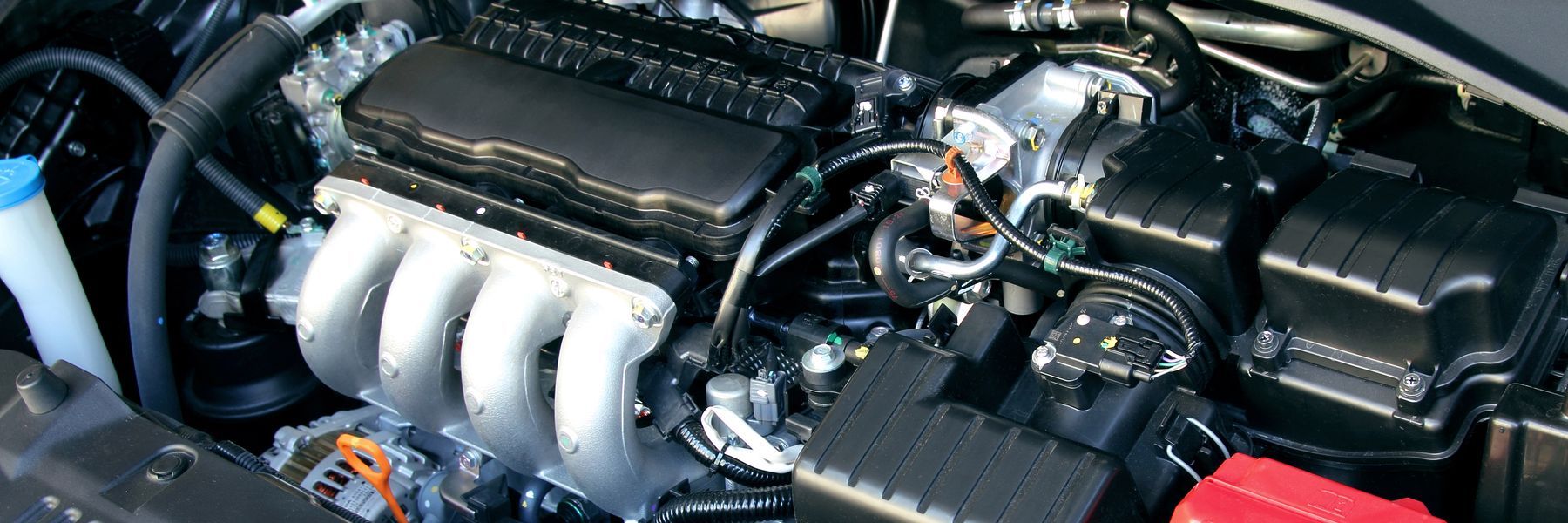
Whether you drive a brand-new car or an older model, a well-maintained engine can mean the difference between a dependable ride and costly repairs down the road. Fortunately, taking care of your engine doesn’t require advanced mechanical knowledge—just consistent attention to a few important maintenance practices. Here are four practical tips to help ensure your engine stays healthy and reliable for the long haul. Change the Oil and Filter Regularly One of the most critical steps in preserving engine health is changing the oil and oil filter on schedule. Engine oil lubricates moving parts, reduces friction, and helps control temperature. Over time, oil becomes dirty and loses its ability to protect the engine. Neglecting oil changes can cause sludge buildup and wear on internal components. Following your manufacturer’s recommended intervals for oil and filter changes is one of the best ways to extend engine life. Keep the Cooling System Functioning Properly Overheating is a serious threat to any engine. The cooling system—including the radiator, coolant, water pump, and thermostat—helps regulate engine temperature and prevent damage. If coolant levels drop or components start to fail, the engine can quickly overheat, potentially leading to warped heads or even complete engine failure. Inspecting the cooling system and flushing the coolant at the recommended intervals helps minimize the risk of overheating. Replace Air Filters as Needed Engines need a consistent flow of clean air to operate efficiently. A dirty or clogged air filter can restrict airflow, reducing performance and increasing fuel consumption. Replacing the air filter at the recommended intervals helps ensure optimal air intake and protects the engine from contaminants. Watch for Warning Lights and Strange Noises Modern vehicles are equipped with onboard diagnostics that alert you to engine issues through dashboard warning lights. If your check engine light comes on, don’t ignore it. Have a professional diagnose the problem early. Unusual noises like knocking, ticking, or grinding can also indicate underlying engine trouble. Addressing these issues promptly helps prevent minor problems from escalating into major repairs. Engine Repair & Maintenance in Nampa, ID For an experienced mechanic in Nampa and the surrounding area, contact Automotive Repair Specialist at 208-461-1330 . At our local auto shop, we can expertly handle your vehicle’s repair and maintenance needs. Feel free to give us a call to make an appointment!
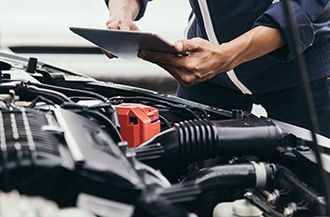
Transmission fluid plays a vital role in keeping your vehicle’s transmission cool, lubricated, and functioning properly. When a leak occurs, it can lead to serious damage if not caught early. Recognizing the signs of a transmission fluid leak can help you take action before it turns into a more costly repair. At Automotive Repair Specialist, our local mechanics provide expert transmission fluid leak repair in the greater Nampa, ID area. Here are four common indications that your car may be losing transmission fluid. Visible Fluid Under the Vehicle One of the most obvious signs of a transmission fluid leak is a puddle or spot beneath your car. Transmission fluid is typically red or pink when fresh, though it can turn darker as it ages. If you notice this kind of fluid on your driveway, it’s a strong sign that there’s a leak. It’s important to have the source identified by a professional as soon as possible to avoid further damage. Delayed Shifting If your vehicle hesitates or struggles to shift gears, it could be due to low transmission fluid levels. Fluid leaks reduce the pressure and lubrication the transmission needs to operate smoothly. You might notice delays when accelerating, rough gear changes, or a general lack of responsiveness when shifting. These symptoms should not be ignored, as continuing to drive under these conditions can worsen the problem and lead to transmission failure. Burning Smell While Driving A burning odor while driving is never a good sign, and it could indicate that your transmission is overheating due to low fluid. When fluid leaks out, it can’t properly cool and lubricate the transmission’s internal parts. This causes friction and heat to build up, which can burn the remaining fluid and damage components. If you notice a burnt smell, it’s best to stop driving and have your car inspected as soon as possible. Unusual Noises from the Transmission When a transmission doesn’t have enough fluid, it may start to make strange noises. You might hear whining, grinding, or clunking sounds when the vehicle shifts gears or is in motion. These noises can be signs of internal wear caused by a lack of proper lubrication. Addressing a fluid leak promptly can help prevent further damage and extend the life of your transmission. Transmission Repair in Nampa, ID When you need transmission repair in Nampa and the surrounding area, contact Automotive Repair Specialist at 208-461-1330 . At our local auto shop, we can expertly handle your vehicle’s repair or maintenance needs. Feel free to give us a call to make an appointment!
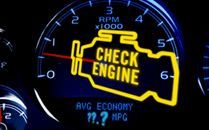
Few things are more frustrating for drivers than seeing the check engine light suddenly appear on the dashboard. While it might seem like a mystery at first, this warning light is your vehicle’s way of letting you know that something isn’t right under the hood. Sometimes the issue is minor and easily resolved, but other times it can signal a serious problem that needs immediate attention. At Automotive Repair Specialist, we provide expert check engine light diagnostics and repair in the greater Nampa, ID area. Here are five common reasons the check engine light illuminates. Failing Oxygen Sensor Oxygen sensors monitor the level of unburned oxygen in the exhaust and helps regulate the air-fuel mixture. A malfunctioning oxygen sensor can reduce fuel-efficiency, increase emissions, and even cause problems with the catalytic converter. Because it plays a key role in engine performance, a bad sensor will often cause the check engine light to come on. Malfunctioning Catalytic Converter The catalytic converter helps reduce harmful emissions by converting exhaust gases into less toxic substances. If it begins to fail, your car may experience reduced performance, poor fuel-economy, and increased pollution. A damaged catalytic converter is a serious issue and will almost always trigger the check engine light. Faulty Mass Airflow Sensor The mass airflow sensor measures how much air enters the engine and adjusts the fuel injection accordingly. When this sensor goes bad, it can lead to engine hesitation, rough idling, or even stalling. Since it affects how your engine runs, a faulty mass airflow sensor is another frequent cause of the check engine light coming on. Loose, Missing, or Damaged Gas Cap One of the simplest and most overlooked reasons for a check engine light is a loose or cracked gas cap. The cap seals the fuel system. If the cap isn’t sealing properly, fuel might evaporate before your car gets a chance to use it. Worn Spark Plugs or Ignition Coils Spark plugs and ignition coils are essential for starting your engine and keeping it running smoothly. When they begin to wear out, you may notice misfires, sluggish acceleration, or decreased fuel-efficiency. Replacing these components at the recommended intervals can help avoid trouble. Check Engine Light Repair in Nampa, ID For auto repair in Nampa and the surrounding area, contact Automotive Repair Specialist at 208-461-1330 . At our nearby auto shop, we can expertly handle your vehicle’s repair and maintenance needs. Feel free to give us a call to make an appointment!
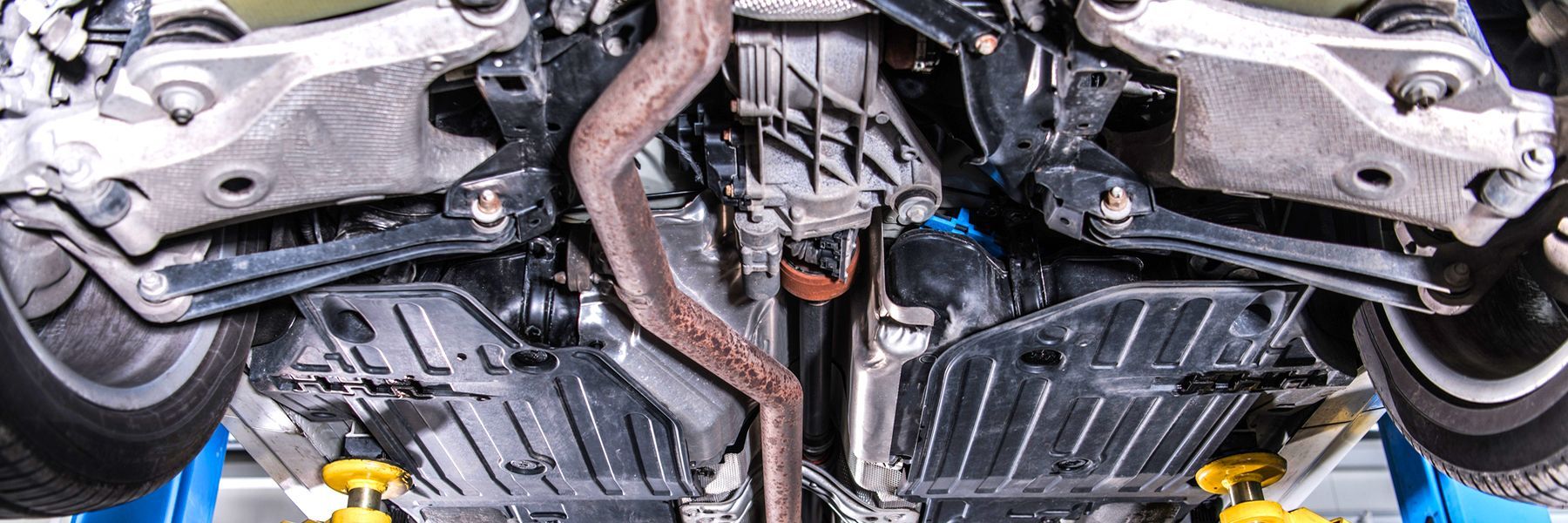
Your car’s shocks play a critical role in ensuring a smooth and stable ride. They help maintain control and keep your tires in contact with the road. Over time, shocks wear out and lose their effectiveness, which can lead to a rough ride and compromised safety. Recognizing the warning signs of failing shocks can help you avoid dangerous driving conditions and more expensive repairs. At Automotive Repair Specialist, we provide expert suspension repair in the greater Nampa area. Here are four signs that it’s time to replace your car’s shocks. Excessive Bouncing After Hitting Bumps If your car bounces excessively after driving over a speed bump or pothole, it may be a sign that your shocks are worn out. Healthy shocks absorb the impact and quickly stabilize the vehicle. However, when they start to fail, they struggle to control movement, causing your car to bounce more than usual. If you notice prolonged bouncing, it’s time to have your shocks inspected. Uneven Tire Wear When shocks fail, they can lead to irregular tire wear. Uneven tires not only reduce traction but also shorten the lifespan of your tires. Checking for unusual wear patterns can help you determine if your shocks need replacing. Poor Handling and Steering Response If your car feels unstable when turning or sways excessively on curves, your shocks may no longer be providing proper support. This can make driving more difficult, especially at high speeds or in emergency situations, increasing the risk of losing control. Leaking Fluid from the Shocks Shocks contain hydraulic fluid that helps dampen vibrations and absorb road impacts. If you notice fluid leaking down the sides of the shocks, it’s a clear sign that they are failing. Leaking fluid means the shocks can no longer function properly, leading to a rough and unstable ride. Suspension Repair in Nampa, ID When you need auto repair in Nampa and the surrounding area, contact Automotive Repair Specialist at 208-461-1330 . At our local auto shop, we can expertly handle your vehicle’s repair and maintenance needs. Feel free to give us a call to make an appointment!


